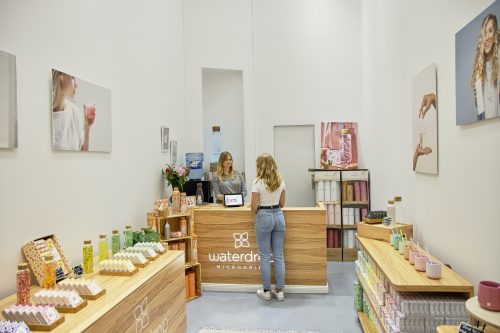The Vietnam retail sector was valued at USD 170 billion in 2020, and it is projected to register a CAGR of more than 10% during the forecast period, 2021-2026.
While the COVID-19 crisis remains complicated globally, Vietnam’s effective control of the pandemic led to the recovery of retail sales of consumer goods and services in the final months of the year. The growth rate, while remaining lower compared to the 12.7% recorded the previous year, was an encouraging sign for the business community amid the global retail market suffering a plunge in revenue during the pandemic. A high growth rate in retail sales by year-end was due to retailers and shopping malls offering sales promotion programs to stimulate domestic consumption. Vietnam is seeing ongoing urbanization and evolving demand trends among young urban consumers to drive strong growth in modern retailing channels such as convenience stores and the rapid expansion of e-commerce. Indeed, the growing influence of such factors can be seen in the emergence of formats such as mini supermarkets, which target the demand for grocery shopping that fits into the flow of busy urban lifestyles.
Modern retail outlets offer private brands/products that can be exclusively purchased in their stores. One key factor involved in Vietnamese consumers choosing to shop in traditional markets is that they can buy ingredients in smaller portions. Supermarkets offer products that are better suited for the daily needs of an average consumer. Food products, non-food products, and home appliances are also offered in supermarkets, which makes shopping easier, as they offer everything needed for the customers under one roof. To further improve the shopping experience, some stores have in-house bakeries and cafés where consumers can hang out and enjoy with family or friends. The local population’s inclination to make their purchases in traditional outlets is hinged on factors such as the high availability of these outlets everywhere in the country, posing convenience and ease of access for consumers, comparatively lower prices of goods and products (which consumers can still bargain), fresh produce supply source that is better at wet markets, and traditional retailers offering flexible package sizes for day-to-day consumption.


